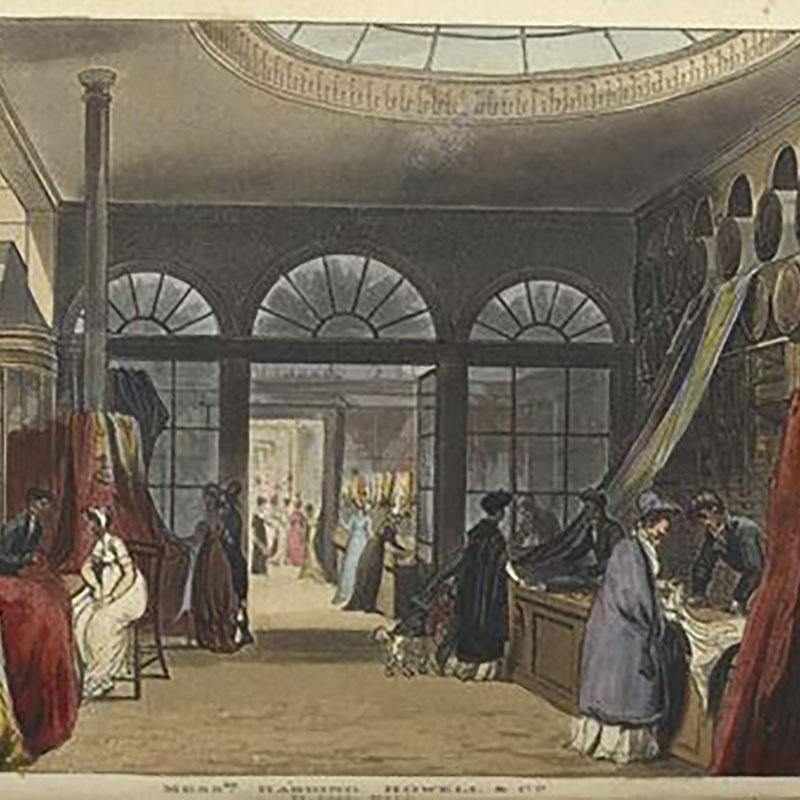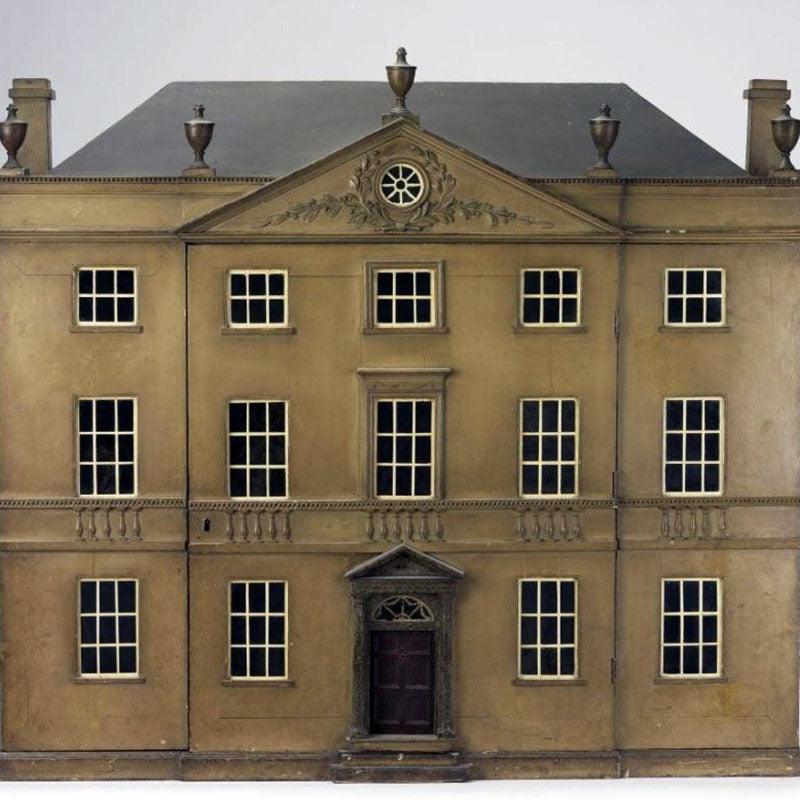The Harp as a Status Symbol
A young woman, pretty, lively, with a harp as elegant as herself, and both placed near a window, cut down to the ground, and opening on a little lawn, surrounded by shrubs in the rich foliage of summer, was enough to catch any man's heart. -Jane Austen, Mansfield Park

-
In his essay on female accomplishments, Henry Churchyard notes, "For women of the "genteel" classes the goal of non-domestic education was thus often the acquisition of "accomplishments", such as the ability to draw, sing, play music, or speak modern (i.e. non-Classical) languages (generally French and Italian).
Though it was not usually stated with such open cynicism, the purpose of such accomplishments was often only to attract a husband; so that these skills then tended to be neglected after marriage (Lady Middleton in Sense and Sensibility "had celebrated her marriage by giving up music, although by her mother's account she had played extremely well, and by her own was very fond of it", while Mrs. Elton in Emma fears that her musical skills will deteriorate as have those of several married women she knows). In Pride and Prejudice, Elizabeth Bennet displays her relatively detached attitude towards the more trivial aspects of this conventional game by adopting a somewhat careless attitude towards her "accomplishment" of playing the piano, and not practicing it diligently."
-
It is thought that the harp's origins may lie in the sound of a plucked hunter's bow string. The oldest documented references to the harp are from 4000 BC in Egypt and 3000 BC in Mesopotamia. While the harp is mentioned in most translations of the Bible, King David being the most prominent musician, the Biblical "harp" was actually a kinnor, a type of lyre with 10 strings.
-
Harps also appear in ancient epics and in Egyptian wall paintings. This kind of harp, now known as the folk harp, evolved in many different cultures all over the world. It may have developed independently in some places, but it seems most harp designs were in some way related.

-
The lever harp came about in the second half of the 17th century to enable key changes while playing. The player manually turned a hook or lever against an individual string to raise the string's pitch by a semitone. In the 1700s, a link mechanism was developed connecting these hooks with pedals, leading to the invention of the single-action pedal harp. Later in the eighteenth century, a second row of hooks was installed along the neck to allow for the double-action pedal harp, capable of raising the pitch of a string by either one or two semitones. With this final enhancement, the modern concert harp was born.
-
Most European-derived harps have a single row of strings, with strings for each note of the C Major scale (over several octaves). Harpists can tell which strings they are playing because all F strings are black or blue and all C strings are red or orange. The instrument rests between the knees of the harpist and along their right shoulder. The Welsh triple harp and early Irish and Scottish harps, however, are traditionally placed on the left shoulder. The first four fingers of each hand are used to pluck the strings; the pinky fingers are too short and cannot reach the correct position without distorting the position of the other fingers, although on some folk harps with light tension, closely spaced strings, they may occasionally be used. Plucking with varying degrees of force creates dynamics. Depending on finger position, different tones can be produced: a fleshy pluck (near the middle of the first finger joint) will make a warm tone, while a pluck near the end of the finger will make a loud, bright sound.
-
If you don't want to miss a beat when it comes to Jane Austen, make sure you are signed up to the Jane Austen newsletter for exclusive updates and discounts from our Online Gift Shop.



1 comment
I see this is an old post, but what kind of music would have been played on the harp? Any specific composers or pieces?
Anonymous
Leave a comment
This site is protected by hCaptcha and the hCaptcha Privacy Policy and Terms of Service apply.